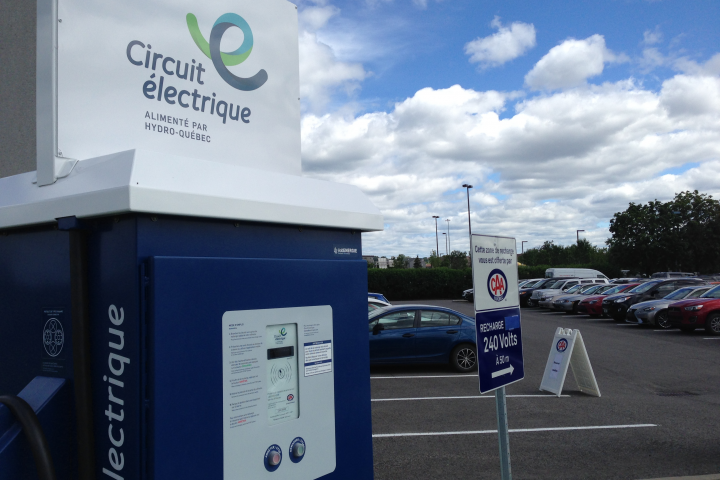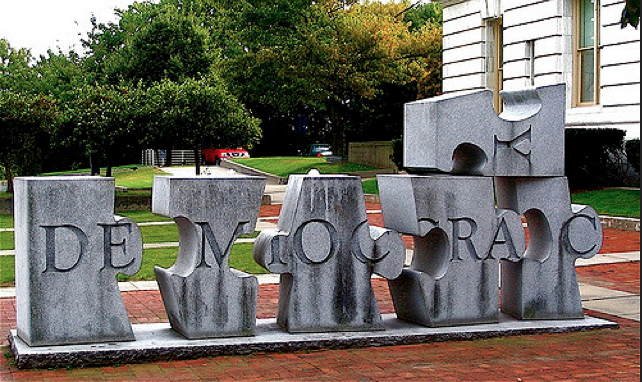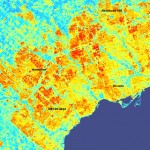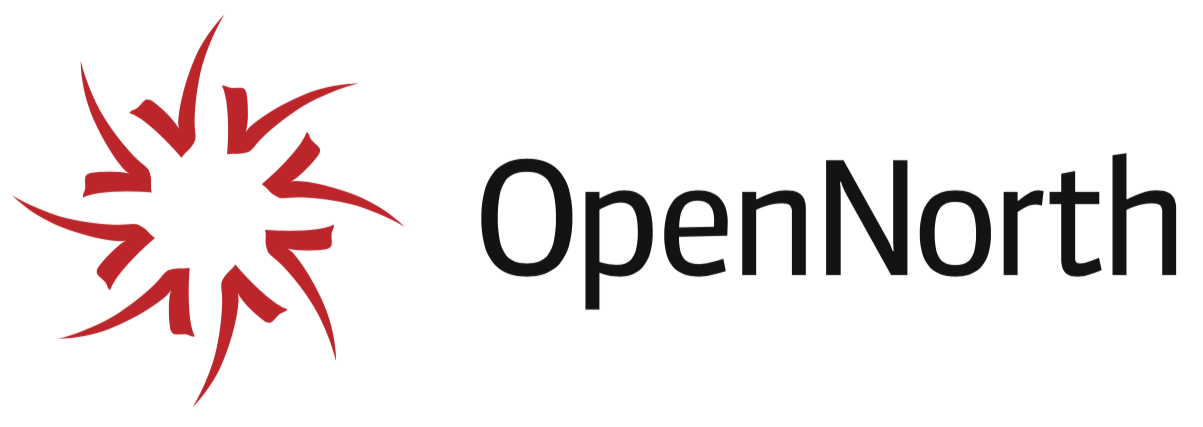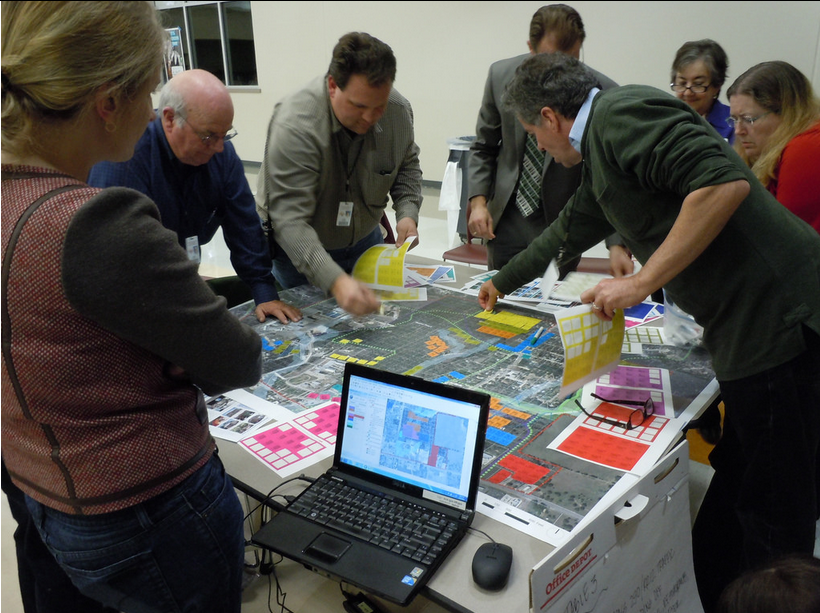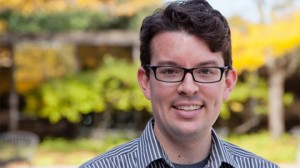
Female mentors in GIS abound at the 2016 American Association of Geographers (AAG) Annual Meeting.
By Victoria Fast
This post was originally published on GIS2 at Ryerson University: Geographic Information Science and Systems on April 6, 2016. We re-publish it here with permission of Dr. Victoria Fast who presented at this year’s Annual Meeting of the American Association of Geographers (AAG).
Roger Tomlinson has passed, and Mike Goodchild is in (a very active) retirement. So, this panel made me consider: are we searching for a new father of GIS? In fact, do we need a father of GIS? Would a mother of GIS balance the gender scales? It seems all disciplines need leaders, and the powerful panellists in this session—populated with many of my mentors and leaders in the field, including Renee Sieber, Nadine Schuurman, Sarah Elwood, Agnieszka Leszczynski, Britta Ricker, and Matthew Wilson—demonstrates that we indeed have strong leadership in GIScience. This mostly female panel is a reminder that, in fact, there are many influential female scholars. But do we hear these influences? Do we hear them equally? Have we heard them in the past? Based on the discussion in this session, the answer in overwhelmingly ‘no’.
The discussion in this session revolved around the ways in which our science has been heavily masculinized, epitomized by the commonly accepted ‘Father of GIS’ notion. The discipline has been dominated by all-male panels, focused on programming and physical science, subdued critical or theoretical work, and “straight up misogyny in GIScience” (Renee Sieber’s words). Female scholars are less frequently cited, underrepresented as researchers in the field, and almost absent in the representation of the history of the discipline.
This made me think of deep-rooted masculinization I have faced in my GIS journey, as a student and now as an educator. Issues related to working in the ‘old boys club’ aside, masculinization was especially predominant when I taught a second year Cartography course. The textbook “Thematic Cartography and Geovisualization” contains a chapter of the History of Cartography. Without sounding ‘…ist’ myself, the chapter largely recognized the contribution of older, white males. I didn’t feel comfortable teaching my students that narrow history of Cartography, so instead went looking for my own resources to populate a ‘History of Cartography’ lecture.
I was delightfully surprised that there are so many resources available that show multi-faceted sides of cartography (and GISci more broadly). These perspectives and resources are often shared via disparate sources in journal articles, blogs, and discussion forums. For example, Monica Stephens has a great publication on Gender and the Geoweb in Geojournal [2013, 78(6)]. City Labs also has a great series on the Hidden Histories of Maps Made by Women (thanks for sharing Alan McConchie): http://www.citylab.com/design/2016/03/women-in-cartography-early-north-america/471609/. Unfortunately, they refer to it as the “little seen contributions to cartography”, but panels like this help address that while they’re little seen, they are highly impactful contributions. Over time, these blog posts, journal articles, and conference panels will (hopefully) amass and make their way to more formalized forms of textbook knowledge. (There was a great deal of interest by those attending this session in a published version of these compiled resources. Given the overwhelming response, I’m considering compiling a manuscript… stay tuned.)
I recognize that it is impossible to undo the deep-rooted masculinization that has persisted in GIScience. However, we can change how we address it moving forward. Let’s recognize that we don’t need a father (or mother) of GIS; we need leaders, visionaries, and mentors of all shapes, sizes, colours, backgrounds, and genders. I challenge all those who are GI Professionals in training to look for the untold story, the hidden history of GIS, and the little-seen influences on the discipline. I challenge those who teach GIS to go beyond the ‘truth’ presented in the textbooks. And lastly, I want to conclude by saying thank you to the powerful female mentors on this panels and ones not represented here; mentors who transcend the need for a ‘Mother of GIS’.
Dr. Victoria Fast is a recent doctoral graduate of the Department of Geography and Environmental Studeis at Ryerson University. Contact her at vfast (at) ryerson.ca.


